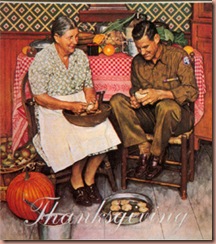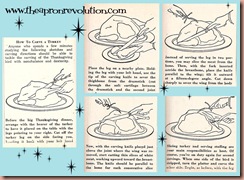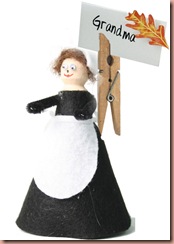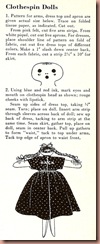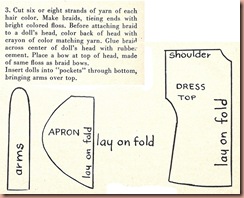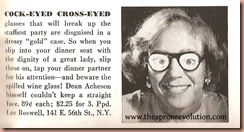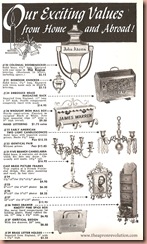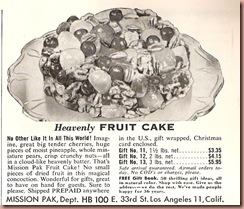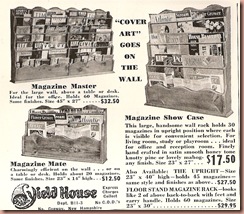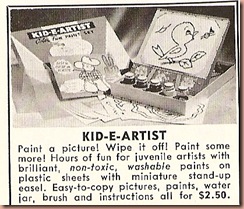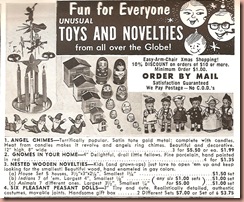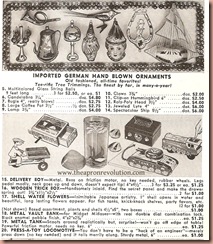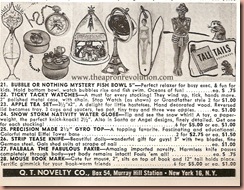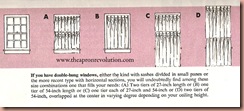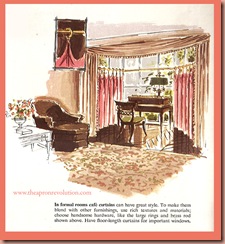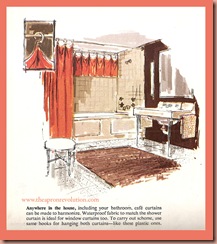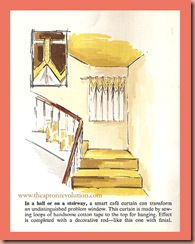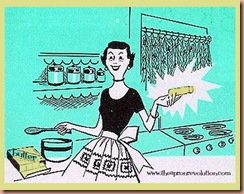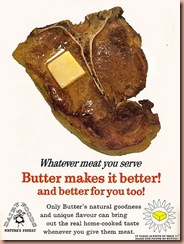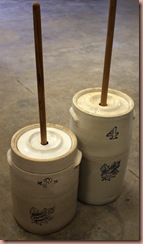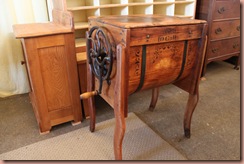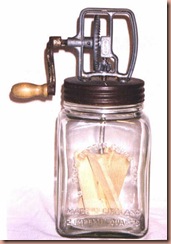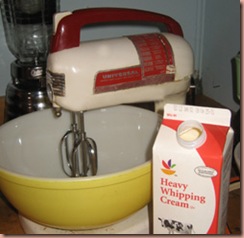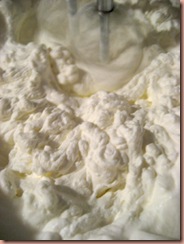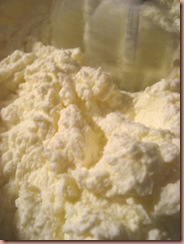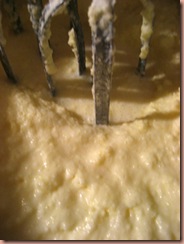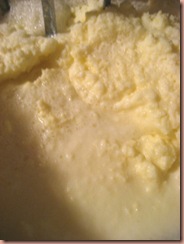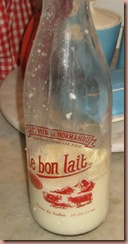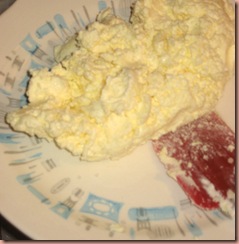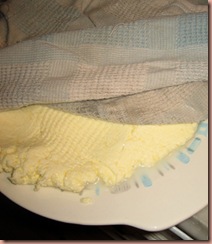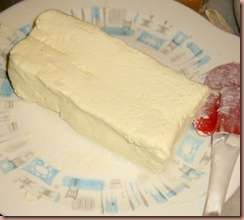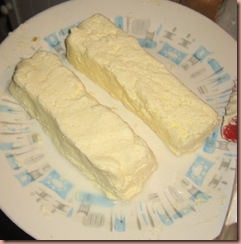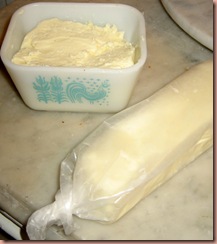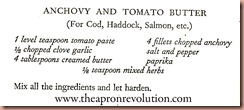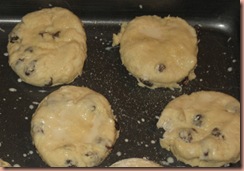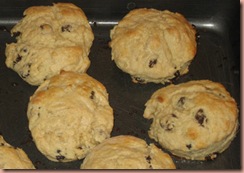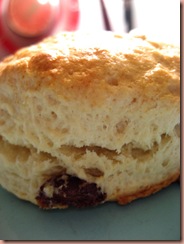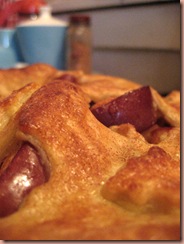 Is this a lovely golden mountain to climb to reach the pinnacle of mid century kitchenware? No, it’s simply my Thanksgiving apple pie.
Is this a lovely golden mountain to climb to reach the pinnacle of mid century kitchenware? No, it’s simply my Thanksgiving apple pie.
I recently posted a how to on making your own butter. As many mentioned, which was true for me as well, it used to be more expensive to make your own butter. Now, however, with the rising prices at the market, I get a pound of butter and two cups of butter milk for about 9 cents more than just pre made butter. And it tastes more wonderful and I can flavor or give it an essence as I so choose.
This Thanksgiving was very low key for us. It was simply Hubby and I and Gussie and Hubby’s sister. It turned out to be such fun, just the four of us. The perfect number for cards and scrabble and just enough to make intimate table talk over roasted turkey and all the fixings a joy.
Since I had less to impress, if you will, I made sure to stay within my usual shopping budget. I allocated all the meat money to the Turkey and the dessert was possible, or rather decided upon, because I had a bowl of apples a month old that I had not touched. I went against my better judgment and bought them at our local Stop and Shop because they were a ‘bargain’. Well the bargain turned out to be a false economy when we found them all but inedible as an eating apple. I quickly returned to our local Farm where they grow their own apples and thought the higher price worth the value and simply cut back on supply, as I am continually learning to do more and more.
So, since the apples were available and I had my usual amount of butter, I was in a quandary. I could simply go out and buy more butter for the holiday or I could be a good future 30’s era Depression Homemaker and make do with what I had. So, when I looked at some of the various recipes for pie dough I realized the difference in quantity of the fat in old vs. new recipes. A quick look online showed the basic recipe I use for my pie dough when using butter, but the modern version used a cup or more (thats two or more ‘sticks’). My own recipe, from my Fannie Farmer from the 1950s (my go to butter based pie dough recipe) used only 2/3 of a cup.
Here is the plain pastry recipe I used from my Fannie Farmer. You will see that it calls for shortening, but I no longer use shortening. It’s all butter and lard or pan drippings for me.
Plain Pastry
makes enough for a 9-inch two crust pie, or a 1-crust pie and several tarts.
1 teaspoon salt 1/3 cup shortening
2 cups sifted flour 1/4 to 1/3 cup ice water
Mix salt with flour in a mixing bowl. Cut shortening (or butter) into flour until mixture is in even bits no longer than peas. To do this use a pastry blender or two knives, one in each hand. You may use your finger tips if you work quickly, so that the heat of your hands does not melt the shortening. Sprinkle water over flour by tablespoonfuls, stirring it in with fork until just enough has been added so that you can pat the dough lightly together to form a ball. Handle as little as possible and do not knead. Wrap in wax paper and chill. (For two crust pie make two equal size balls and chill) When chilled (an hour or over night) roll out and line 9 inch pie plate.
This book is funny in that it has very little in the way of oven temps and cooking times. I think one was expected to have a certain knowledge of basic cooking that we simply have no access to today. If mother or grandmama were not there to teach you, one learned in Home Economics.
So, bake this at 425 F (220 C) for about 40 minutes. It can take up to 50 minutes depending on your oven. I like a brown crust but not overdone, so I cook about 25 minutes and then check it, if it is brown enough simply foil for remainder of baking.
When you do a two crust pie you need to put slits in the crust, but you can also use this as an opportunity to get creative. I just used some little fall cookie cutters ( a leaf and an acorn) and cut out shapes before putting on the top crust and the ‘cut outs’ were also put back on. Here you can see one of the little leaves all browned and yummy. I also egg wash the top and use the whole egg, not just the white, because I find it browns it nicer and imparts a more rich flavor than just the white. And of course a dash of cinnamon and sugar.
Here you can see one of the little leaves all browned and yummy. I also egg wash the top and use the whole egg, not just the white, because I find it browns it nicer and imparts a more rich flavor than just the white. And of course a dash of cinnamon and sugar.
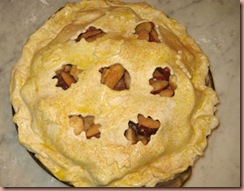 Here is mine before going into the over.
Here is mine before going into the over.
And here it is lovely warm and brown out.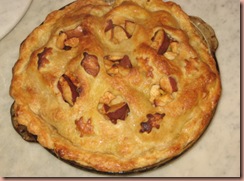
The filling of any pie is simply whatever you want it to be. When it is a fruit pie, it is simply fruit and sugar and spices. Here I used 8 apples cut and pared (I did not peel my apples. Normally I don’t as the local apples skins are so good, but these store bought would have been better peeled.) I cut them up in a bowl added about 1/2 to 3/4 cups white sugar and about one teaspoon cinnamon 1/2 tsp nutmeg. I turned and coated the apples, placed in the shell and used a bit more of my precious butter to dot the top of the fruit before I placed the top crust over it. You can invent and make up any pie to your hearts delight, which is what I love about baking and cooking; the creativity of it.
Now, were I trying to save more on my weekly budget I could have easily made a one crust pie and made a crumble for the top, thus leaving me another crust for meat dish for the week. But, as it was Thanksgiving I thought it worth it.
Speaking of pies and watching one’s weekly budgets, a great ‘pie’ for dinner is a Sheppard’s or cottage pie. The distinction between the two is that Sheppard’s pie is made with lamb (as a sheppard herds sheep) while a cottage pie can be beef, pork. Although, I usually call such a pie with game a Game Pie, but I suppose they could be interchangeable. In many ways, for me, this is often simply a ‘leftover’ pie as one can simply take their leftover meat and veg and make this. If you have a meat grinder it is even better as your leftover beef or lamp chops can be ground quite easily the next day to fry up in meat broth and veg to make this pie.
This is the easiest dinner pie ever and certainly one can see the farmers wife or cottager inventing this to make their few staples hearty and tempting on a cold winters night in a little stone cottage on a heath.
Now, as many of you know, this is not a pastry pie. There is no dough involved. It also easily converts to a vegetarian pie, simply simmer your protein source and veg broth rather then meat broth and you will be just as happy with the result.
 Here is my last Sheppard's pie before it baked. I forgot to get a picture afterwards, but it was all brown and lovely. I used ground lamb, as I find if I cut off the lamb from the bone, I can grind it to spread father and then the bones and fat go into water and simmer with onions and garlic for a good soup stock. We really can stretch our food budget if we try.
Here is my last Sheppard's pie before it baked. I forgot to get a picture afterwards, but it was all brown and lovely. I used ground lamb, as I find if I cut off the lamb from the bone, I can grind it to spread father and then the bones and fat go into water and simmer with onions and garlic for a good soup stock. We really can stretch our food budget if we try.
All you do is brown your meat (or skip this if you are usually already cooked leftover meat) with some onions. Add your veg of choice (or leftover) I like turnips in mine when I have them, which I often do as they last forever in a dark space like potatoes no need to refrigerate root veg. Add some meat broth or gravy and simmer for about 10 minutes then pour into a pie plate. Cover with a layer of baked potatoes, mark with a form to get nice brown peaks, and bake at 425 F until browned. Usually about 30 minutes or so. It is SO good and only improves upon the flavor the next day. Have fun with this one you can make it from anything. And using sweet potatoes or yams on top to make it more interesting maybe with some syrup for a sweet and savory mix with some cinnamon in the meat. This is surely an easy dinner pie that is needed in our failing economy. Perhaps we should dub it for the new millennium Economic Failure Pie? Whatever you call it, have fun with it.
Happy Homemaking.
Today on the Forum I linked a wonderful Flickr stream of pop-up 1950’s Christmas cards that are great. They are a wonderful inspiration so check them out. Go to the Forum and it is under Homemaking and Crafts, enjoy!


